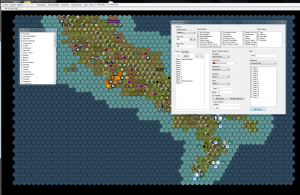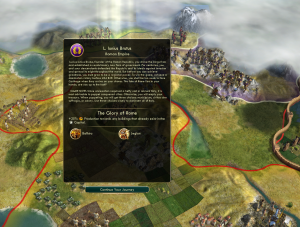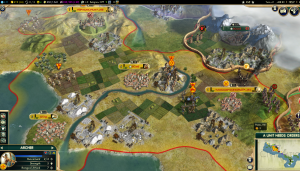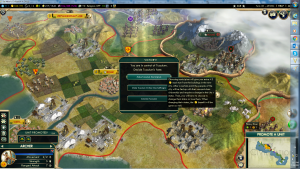In the year 264 BCE, Rome sent a military force across the Straits of Messana to intervene in a dispute between Carthage and Syracuse. This military action, a prelude to Punic Wars, represented a fundamental change of direction in the course of Roman history and capped a crucial period of expansion. Five centuries earlier, Rome was nothing more than a collection of huts on a hill near the Tiber river and its salt beds. By the time the Romans sailed for Sicily, they had mastered the Italian peninsula and invented a system of political subjugation, population control, and military calculation that would eventually make them masters of the known world.
The year 264 also marks a shift in the security of our evidence and understanding of the course of Roman history. From that point onward, we have more and more valuable and trustworthy sources, but before that time our tradition is, as Mary Beard says in her recent history SPQR, “based on garbled hearsay and misunderstood myth—not to mention the propagandist fantasies of many of the later leading families at Rome, who regularly manipulated or invented the ‘history’ of the early city to give their ancestors a glorious role in it.” Our most important ancient source for the period is the Ab Urbe Condita of Livy, who composed his history during the principate of Augustus (27 BCE–17 CE). Originally, the work covered the history of Rome from its legendary beginnings, Aeneas’ flight from Troy, to his own era, the death of Drusus in 9 BCE. Of the original 142 books, only 35 have survived: books 1-10, which cover Roman history from its mythical beginnings to 293 BCE, and books 21-45, which cover 218-167 BCE. While Livy is a valuable resource for understanding the history of this time, and while the study of archaeology and the material record have supplemented our literary sources to a degree, there is still much we do not know or understand about the story of how Rome came to dominate the Italian peninsula by the middle of the third century BCE.
To understand the early history of Rome, then, we must closely scrutinize and creatively manipulate every precious piece of evidence we have, and this project was intended to do precisely that. We proposed to create a simulation of the expansion of Rome throughout the Italian peninsula using the game Civilization V. Grounded on thorough research into the primary literary sources, the material record, and recent scholarship, the finished simulation presents the gamer with a more historically accurate representation of the history of Rome.
Our team consisted of research intern Ian White, coding intern Catalina Ionescu, research advisor Scott Farrington, and coding advisor Todd Bryant.
We expect several concrete outcomes from the project. First, we hope that the general public and the Civilization gaming community enjoy the modified game and through gameplay gain a basic understanding of the history of the period. Furthermore, we intend to integrate the mod into the Introduction to Roman History course at Dickinson College. Furthermore, we hope to present the results at upcoming digital humanities conferences.
We hope that by developing an innovative and creative way to interact with early Roman history, we have opened new avenues of inquiry into a historical question that is current, by no means settled, and often overlooked.
Read the entire ReadMe file documenting the research – http://bit.ly/DickinsonRiseOfRome
Download via Steam – http://steamcommunity.com/sharedfiles/filedetails/?id=1091032377
Screenshots:



